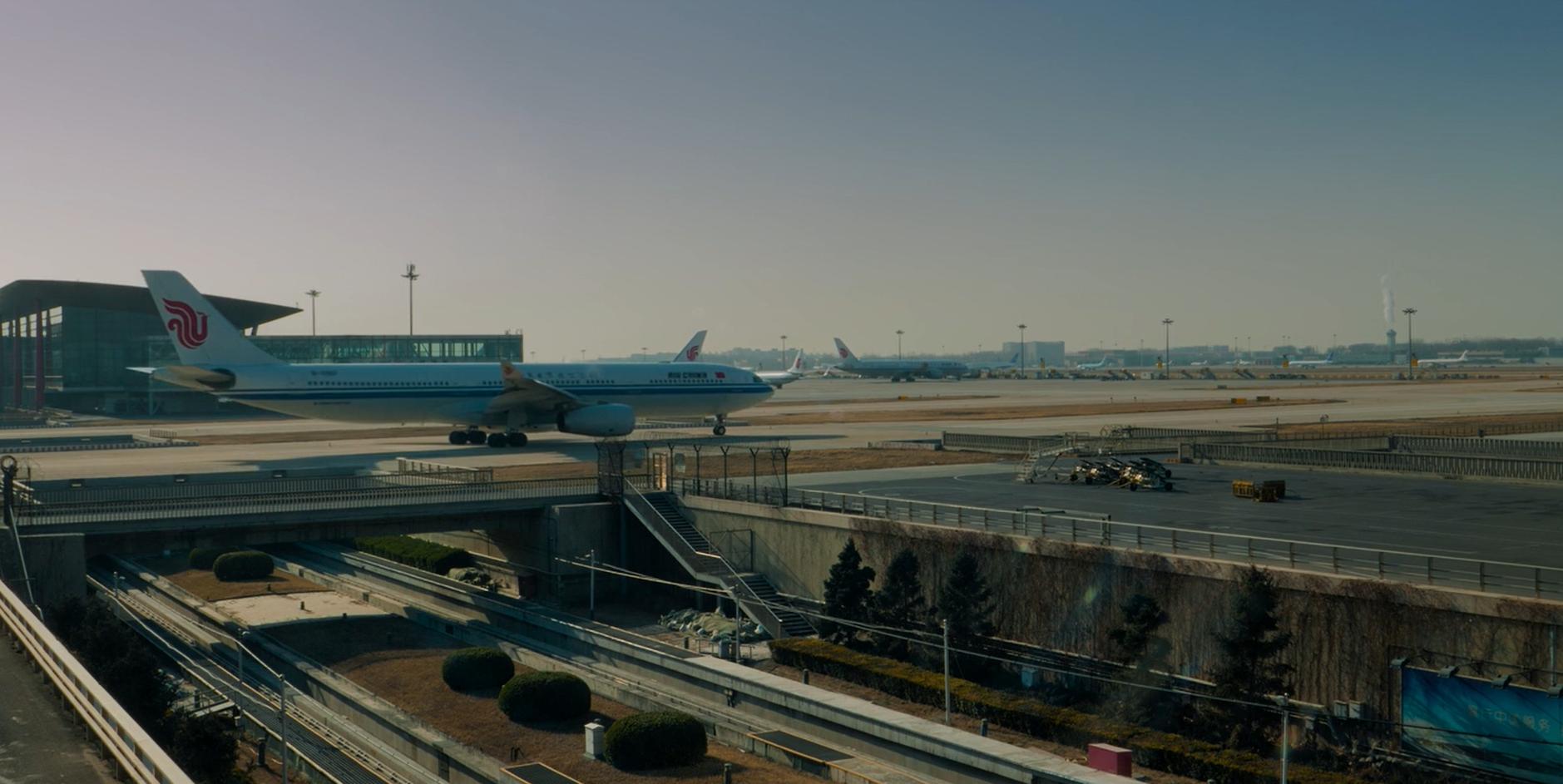By Alex Tilton
I hate true crime as a genre. Making a profit by dramatizing the misery of others seems inherently wrong. And even if this series isn’t technically a true crime, it has all the same problems. Here’s a very brief summary of the real-life event.
On March 8th, 2014 flight MH370 out of Kuala Lumpur with 239 people onboard vanished and was never seen again. The immediate suspicion, confirmed by a lengthy investigation, was that the plane crashed into the ocean, albeit not where they originally expected it to. The plane took an unexplained southward turn into the Indian Ocean where it ultimately crashed. Nine years later Netflix monetized this tragedy by making simultaneously interesting and shameful documentaries. Shameful for its mere existence, and interesting because it demonstrated the lengths people will go to so they can feel like they’re important.
In addition to the legitimate experts who were involved in the investigation, the documentary spends a lot of time interviewing people who think that they were involved in the investigation. In fact, they’re civilians and had zero involvement. But Netflix needed to pad the running time, so these hacks got interviewed. One of them is a nice lady named Cyndi who is apparently retired and has nothing to do all day but search satellite photos for interesting details. She thinks she identified debris from the plane by spotting some indistinct white blobs as part of a crowdsourced effort by an organization called Tomnod. Listening to her talk wasn’t even cringy, it was just painful. A handful of nebulous smears in a picture she was randomly assigned to visually inspect are, to her eyes, definitely pieces of the missing plane. Yep, she personally found it. We’re only halfway through the first of three 90-minute episodes but she solved it. I wonder which of the producers she’s related to.
Then we meet the odious ‘aviation journalist’ Jeff Weis, who spawned a deeply insulting crackpot theory about Russian agents breaking into the electronics compartment of the plane and hijacking it with a laptop. While he’s whining about becoming a pariah for this theory he says that the people attacking him for this fantasy he published lose track of the fact that, even though he admits the idea was crazy, “it was at least an attempt to explain the disappearance”…as if this were an inherently noble thing to do, and people should stop being mean to him.
Then there are the semi-pros who have legitimate aviation experience, but who were not part of (and did not contribute to) the official investigation. They don’t sound like fools when they talk but, once again, they weren’t involved in the actual investigation, so why are they on camera? Towards the end they include a guy named Blane who has the qualification of being an ‘adventurer’. He’s being interviewed because he actually found wreckage from the plane. This would be impressive if he’d done any real work, but as he himself tells us, he asked experts where debris from the plane might be expected to wash up…and then he went where they said to go. That’s his contribution. It wasn’t even the first debris that was found it was just…more. But as he says “I knew I wanted to be the one to find it”…so, good for him?
But at least it shut Jeff Weis up. Kinda. He admits his crazy theory was wrong but he still needs to justify his existence, so he goes on at length about needing to convince himself that this debris really was from the same flight.
The debris didn’t manage to quiet some of the grieving relatives though. Of the family members Netflix was interviewing only a minority acknowledged that the debris settled the question of where the plane ended up. The rest of them, oddly, think there was a conspiracy or coverup and they refuse to accept this new evidence. And Netflix just happens to feature a lot of them. Funny that.
MH3700: The Plane That Disappeared is a textbook example of an exploitative pseudo-documentary that didn’t need to be made. Don’t watch it. Human dignity deserves better.
Image Source: IMDb.com

